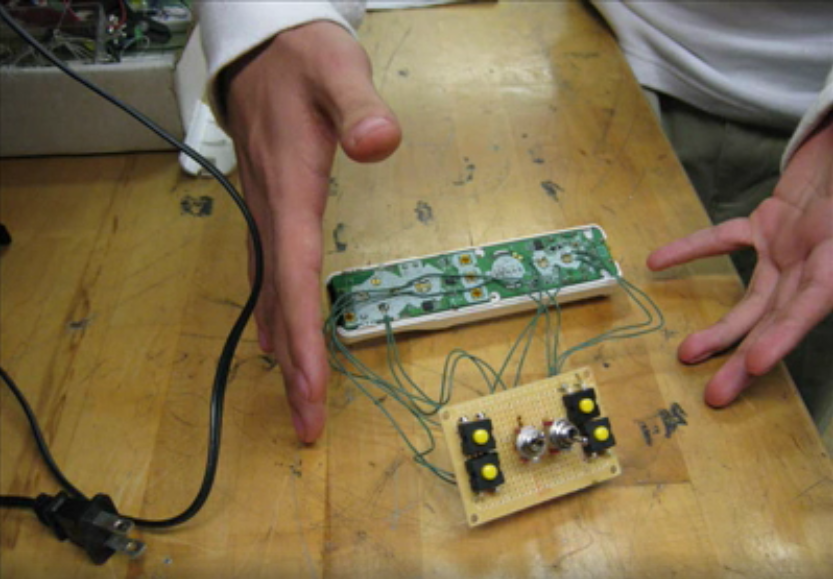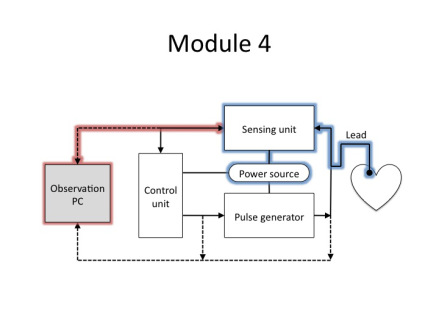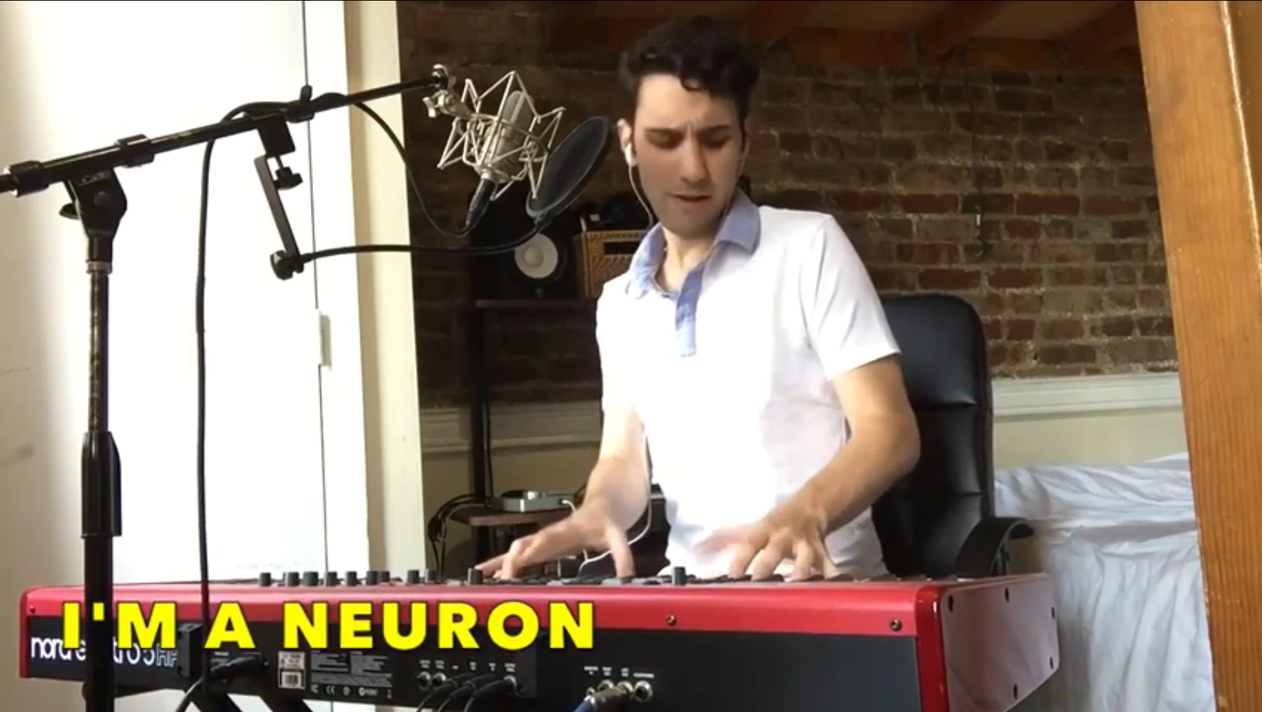Statement of Teaching Philosophy at UVM
I find teaching to be energizing and impactful, and I have made it an integral part of my academic training. As a professor at UVM, I would prize the exceptional chance to guide and motivate young people at a defining moment in their careers. I bring to the classroom a passion for teaching, creative strategies that emphasize active learning and communication, and a conviction that effective teaching begins with what the student needs and ends with what the real world values.

I attended regular teaching seminars at Columbia University and the NIH, and I frequently sought out opportunities to teach. At Columbia, I served as a TA in a “Senior Design” class involving student-driven capstone projects in medicine and global health. I helped develop, fund, and pilot a new bioinstrumentation course. I also co-authored a paper on this course’s novel structure (Kyle, 2015), which uses project-based learning and a “spiral curriculum” where students repeatedly revisit the central project of building a pacemaker at increasing levels of complexity (Bruner, 1977). I created EE lessons for low- income high school students (in which they hacked Wii remotes and programmed “secret knock detectors”) and served as a consultant/juror in a graduate architecture studio focusing on brain-computer interfaces in design. I was one of six finalists for Columbia’s Presidential Teaching Award in 2014, based on class evaluations and student nominations. While working at the NIH, I developed and taught a 95-student survey course on psychology and neuroscience at American University, after which the median student rated the course and my instruction as “one of the best” (7/7).
I have three priorities for my students: (1) Employing good self-learning habits instead of merely re-reading materials and cramming for tests (Brown, 2014). We can develop these habits through explicit instruction, but also through meta- cognitive exercises like self-assessment. One of my favorite comments I have received on a course evaluation is “Dave never gave us the answer directly but helped us along the way so we were able to think for ourselves and get to the answer on our own.” (2) Being able to apply classroom information to real-world scientific problems. This challenge can be met through project-based learning, which I have practiced in the bioinstrumentation class and high school engineering lessons I developed. (3) Effectively communicating complex topics to others. This priority can be addressed in large projects and presentations, but also in briefer active learning activities like one-minute in-class essays and “pair-and-share” exercises.

To advance these priorities, I envision two new classes I would develop for the UVM Department of Electrical and Biomedical Engineering. The first is a project-based course on brain-computer interfaces. Students would adapt skills in signal processing and machine learning to a cutting-edge application that students must pitch to a panel of mock advisors or investors as if it were a start-up. The second is an interdisciplinary course on biotechnology and the justice system, which would explore the impacts of the tools engineers create (like DNA testing, fMRI, and polygraphs) on law enforcement and criminal courts. This course would invite students to engage with topics of ethics, communication, and social justice, and to appreciate the societal impact of their work. I would also be well equipped to teach existing courses in circuits & sensors (EE 075/081/228), programming (EE 106/134), instrumentation (BME 227), and signal processing (EE 171/275/289, BME 241). I would welcome the chance to expand offerings for the young BME major.

I intend for my classes to be demanding but transparent in their expectations and welcoming to a diverse body of students. As a performer and improv comedian, I strive to give engaging lectures, and I once commissioned a pop song to help my students study for a midterm. As a believer in active learning and communication, I try to keep students actively curious, and I have conducted Skype interviews with professionals answering student questions. As a programmer and tinkerer, I make creative use of technology in my classroom, including smartphone-based “clicker” systems like Top Hat and collaborative tools like Slack. I plan to use the flipped classroom to increase active learning time, and I would be happy to develop an online class for the department, as interaction between UVM students and online courses’ diverse body of students (Breslow, 2013) can further the University’s mission “to prepare students to be accountable leaders who will bring to their work dedication to the global community” (University of Vermont, 2019).
In the world of academia, where the demands of research and teaching are often at odds with one another in the busy minds of faculty, I am in the rare and enviable position of having my teaching and research experience relate strongly to one another. My research in sustained attention (Jangraw, 2018) examines a universal struggle that has particular importance in the classroom: how can educators sustain a student’s attention on impactful material? Surely, we can make creative use of the most engaging tools available to teachers. But by stressing metacognition and using project-based learning, we can do even better by giving students the tools and practice to monitor their own attention and take control of their own learning, encouraging graduates to welcome the novel challenges of future leadership.
References:
- Breslow, L. et al. "Studying learning in the worldwide classroom: Research into edX's first MOOC." Research & Practice in Assessment 8, 2013.
- Brown, P.C., McDaniel, M.A., and Roediger, H.L. Make It Stick: The Science of Successful Learning. Cambridge: Harvard University Press, 2014.
- Bruner, J.S. The process of education. 1977. Cambridge: Harvard University Press, 1999.
- Jangraw, D.C. et al. (2018). “A Functional Connectivity-Based Neuromarker of Sustained Attention Generalizes to Predict Recall in a Reading Task.” NeuroImage, 166, 99-109.
- Kyle, A.M., Jangraw, D.C. et al. "Bioinstrumentation: A Project-Based Engineering Course," in IEEE Transactions on Education, vol. 59, no. 1, pp. 52-58, Feb. 2016.
- University of Vermont. “Vision and Mission.” (2019). Retrieved from http://www.uvm.edu/trustees/policymanual/I%201A%20Mission%20and%20Vision%20of%20UVM.pdf
